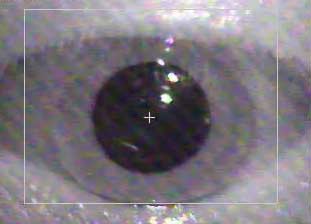Nystagmus is an involuntary rhythmic shaking or wobbling of the eyes. Nystagmus is characterized by an involuntary movement of the eyes, often noted as a shaky or wiggly movement. Nystagmus usually involves both eyes and is often exaggerated by looking in a particular direction. Nystagmus may be induced with an optokinetic drum or through the stimulation of the semicircular canals.
Some forms of nystagmus are associated with reduced vision, such as occurs in extreme near or farsighted people or in those with scars in the retina or optic nerve. Nystagmus in early childhood may be caused by a defect in the eye or the visual pathway from the eye to the brain. Nystagmus is the term applied to rapid involuntary oscillatory movement of the eyes independent of the normal eye movements.
Causes of Nystagmus:
Heredity
Alcohol
Eye disorders
Medications and drugs
Inner ear problems, such as infections or irritation
Albinism

Nystagmus affects people in many ways and the effects vary from person to person. Rarely, nystagmus can occur as a result of brain tumors or in serious neurologic disorders. However, people who acquire Nystagmus in later life are unlikely to adjust so well and will suffer much more from the effects of oscillopsia. There is no known way to prevent nystagmus. Several surgical procedures have been developed to reduce null positions and thus improve a patient’s cosmetic appearance. Because nystagmus responds to physical and emotional triggers such as fatigue and stress, it is important for people to maintain a healthy lifestyle in order to optimize visual acuity. Nystagmus can be treated by making use of Optical Aids (spectacles, prisms or contact lenses), Surgery, Botox Injections etc.
About Eye
Eye Diseases
Vision problems
Find Cost
Surgeries & Treatments
Best Eye Hospitals
Testimonials
Get Free Quotes
Top Hospitals In India
Top Hospitals In Turkey
Top Hospitals In Mexico
Top Hospitals In Costa Rica
Top Hospitals In Singapore
Top Hospitals In UAE
Top Hospitals In Australia
Top Hospitals In Malaysia
Top Hospitals In Thailand
Top Hospitals In Phillipines